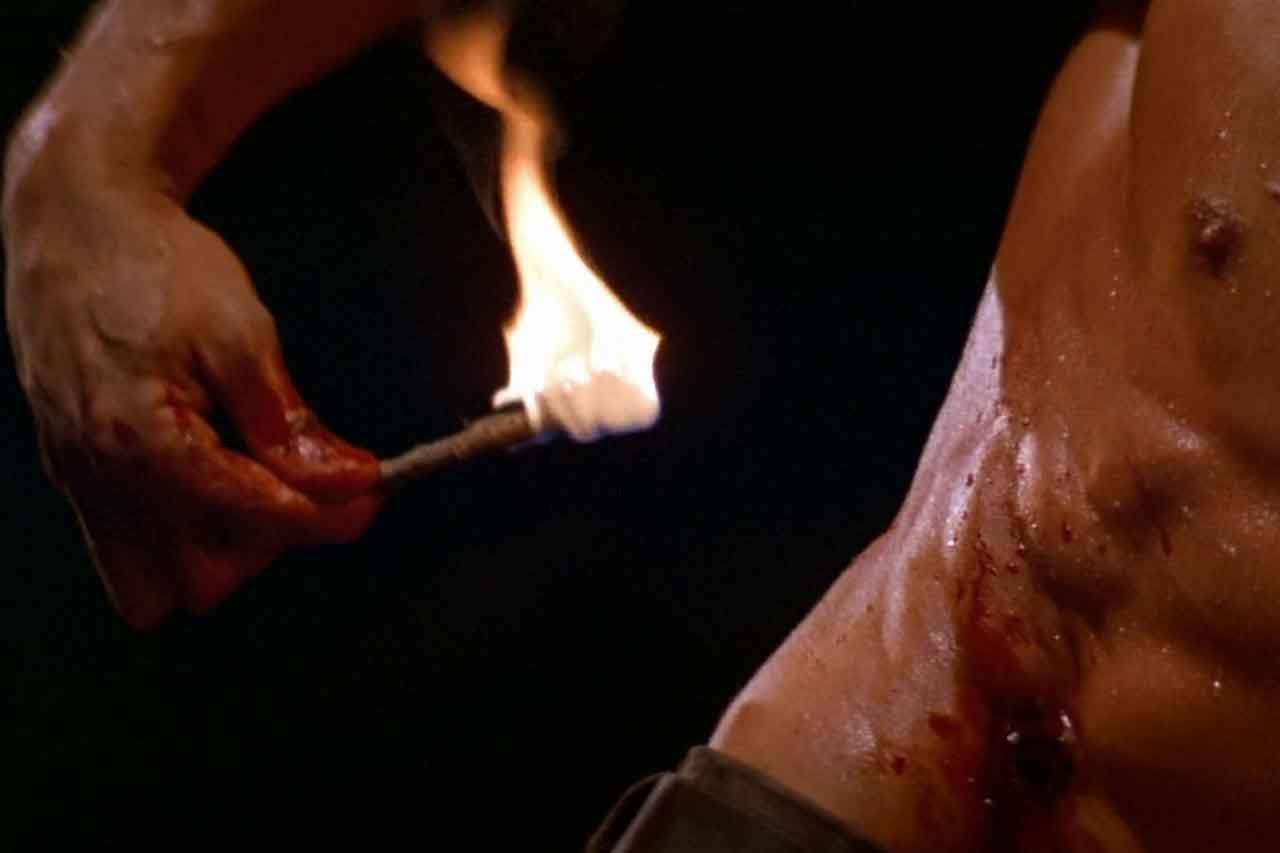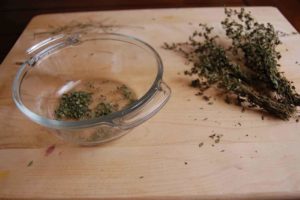Have you ever watched a movie where your favorite action hero takes a stab wound or loses a limb and decides to burn the open wound with fire to stop bleeding?
Cauterization, sealing a wound with a red-hot instrument in an attempt to keep from bleeding to death, dates all the way back to 5th century BC and was widely popular in the middle ages to treat almost every wound, tumor and infection on medieval badasses.
Before you play Rambo and choose to use this method, let’s talk about why it works and why you should probably never try it unless you find yourself bleeding to death in the middle of nowhere and there’s no other method of stopping the blood loss is working.
When proteins in our skin and blood are exposed to extreme heat, they lose their original chemical structure, causing them to cease their normal cellular functions. The result is numerous abnormal characteristics – the two that help stop bleeding are the protein loss of solubility and the clustering together of what are known as hydrophobic proteins.
The clustering called “communal aggregation” causes the proteins to bind together tightly not allowing blood to pass through. This is also the same reason eggs harden when you cook them.
This is when the hydrophobic proteins bind together tightly, disallowing any blood to pass through. And in the case of amputations, applying that scorching heat to an ever-bleeding wound may cause the blood to coagulate, which can hold back the blood flow.
In the movies when the action hero cauterizes his battle wounds, they never seem to show what happens afterward – namely; infection. Using heat to sterilize objects and kill any bacteria present is very effective. The problem with using this method on live human tissue is the 2nd and 3rd burns.
These burns leave the perfect environment for other outside bacteria to enter your body. Numerous studies have shown you are more likely to get an infection from cauterization than the treatment would have prevented in the first place.
Technology in modern medicine has combined to provide us with many ways to use cauterizing beneficial effects while leaving behind its negative ones. Doctors currently use two different methods of cauterization to help in a number of unwanted medical ailments: chemical cauterization and electro-cauterization.
Chemical cauterization uses a caustic chemical to heat and sometimes call at the effected tissue, giving us the desired results. Electro-cauterization heats the tissue with electricity. Both of these treatments come with a low risk of infection compared to other methods.
So in the end, if you are shot by a fellow hunter in the wilderness of Alaska and you feel like Rambo, cauterize your wound with the knowledge that modern antibiotics will help the inevitable infection. Just don’t forget direct pressure and bandages will work better in most cases.













